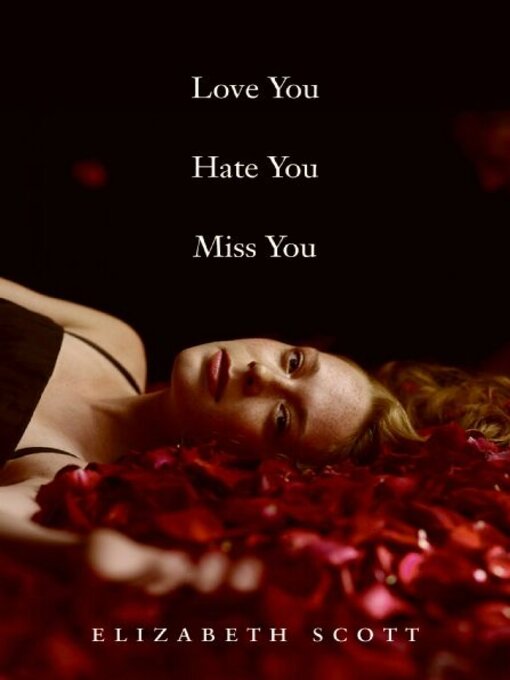
But as she writes letter after letter, she begins to realize that the past wasn' t as perfect as she thought it was-and the present deserves a chance, too. When her shrink tells her it would be a good idea to start a diary, Amy starts writing letters to Julia instead.


It' s been seventy-five days, and Amy still doesn' t know how she can possibly exist without her best friend, Julia-especially since it' s her fault that Julia' s dead. But as she writes letter after letter, she begins to realize that the past wasn't as perfect as she thought it was-and the present deserves a chance, too. It's been seventy-five days, and Amy still doesn't know how she can possibly exist without her best friend, Julia-especially since it's her fault that Julia's dead. "About this title" may belong to another edition of this title.īook Description Paperback. More predictable than Green and less cathartic than Hurwin, Scott nevertheless offers a satisfying story of an engaging heroine successfully naming and confronting her demons. Reminiscent of both John Green’s Looking for Alaska (2005) and Davida Wills Hurwin’s A Time for Dancing (1995), Scott examines the complex nature of friendship between teen girls and clearly delineates the fine line between the strong emotions of the title. Amy recognizes the privileges of her upper-middle-class life, and both mocks and indulges her angst. There, a therapist gives her a journal, which Amy uses to write letters to Julia, each dated with the number of days after Julia’s death. After a devastating car crash leaves Julia dead and Amy only slightly injured, Amy goes into rehab. Along with her beautiful, fearless, and free-spirited friend Julia, Amy turns to drinking and casual sex to feel loved. Tall, awkward Amy feels unloved by her parents, who are too smitten with each other to pay her any attention.


 0 kommentar(er)
0 kommentar(er)
